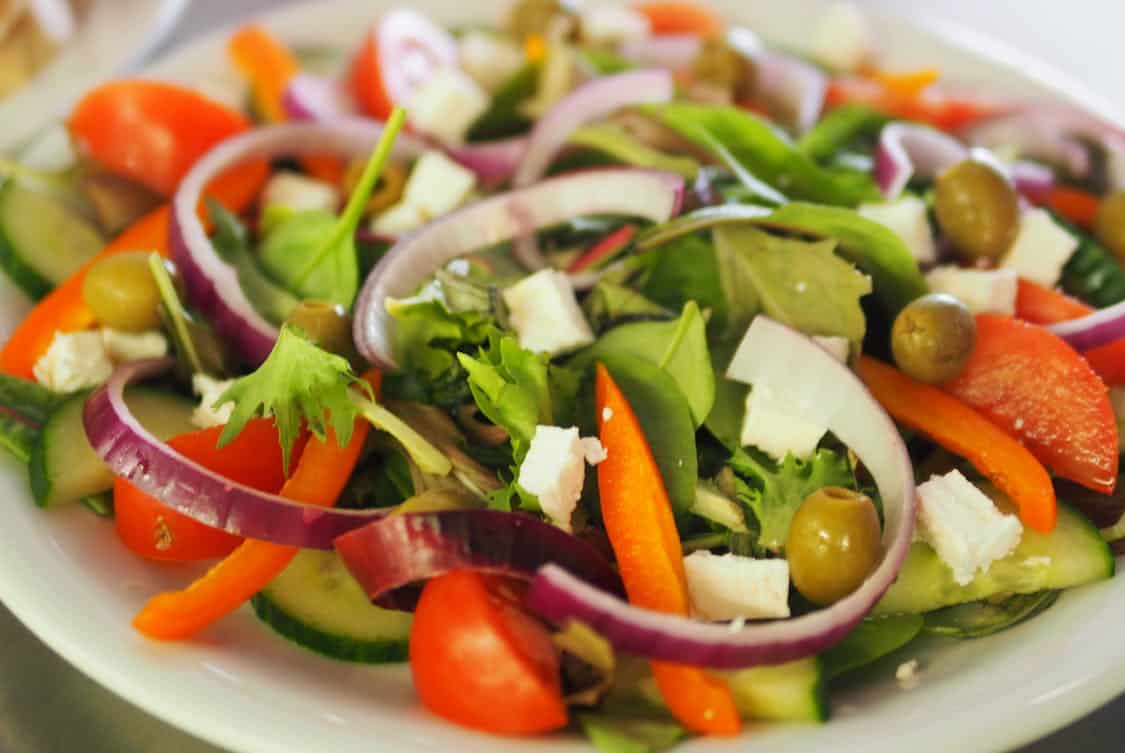Pickled onions bring a sharp, tangy kick that brightens up routine plates without a fuss, and they keep well so the pantry stays ready. If you want an easy way to add both color and balanced acidity to your dishes, try using pickled yellow onions for a mellow yet flavorful twist that complements almost any meal.
A spoonful turns plain rice or roasted veg into something with character, giving meals a quick facelift that costs little time. These tangy rings play nicely with salty, sweet, and fatty elements, making them an easy go‑to when you want contrast on the tongue.
1. As A Bright Sandwich Topper
Pickled onions are perfect on sandwiches because they cut through richness and add a zing that wakes up each bite, lifting textures and tastes at once. Pile them onto a grilled cheese, a sloppy roast beef sandwich, or a simple turkey panini to introduce acidity that contrasts with melted cheese and fatty meats.
They cling to bread and fillings, offering crunch that stands up to toasting and pressing without going soggy right away. Try combining them with a smear of mustard or aioli to balance savor and sharpness in every mouthful.
A swift method is to chop them into thin slivers and scatter them over open-faced toasts, where they mingle with herbs and olive oil for instant interest. When you press a sandwich, those thin ribbons become threads of flavor that thread through each layer, making each forkful or bite feel intentional and fresh.
They pair well with smoked fish, sliced avocado, or strong cheeses, where their acidity keeps richer components from feeling flat. Keep a small jar within reach so last‑minute lunches can be punched up in seconds.
2. Stir Into Grain Bowls
Grain bowls benefit from a touch of acidity to offset starch and roasted vegetables, and pickled onions excel at this job by cutting through dullness and adding crisp, pickled notes. Toss a handful into warm barley, quinoa, or farro bowls alongside roasted squash, greens, and a drizzle of oil to create pleasing contrasts of temperature and texture.
The acidity helps each ingredient read as part of a whole, bringing cohesion without demanding lengthy prep or exotic ingredients. Use them sparingly at first to let subtler flavors shine, then increase if you prefer a more assertive tang.
They also work well with proteins tucked into bowls, like shredded chicken, baked tofu, or grilled shrimp, where they function as a built‑in condiment that refreshes the palate between bites. Mix chopped pickled onions into a light herb vinaigrette and toss through grains for a quick dressing that binds components without weighing them down.
The result is a balanced bowl that keeps well for lunches, since pickled onions help preserve brightness over a couple of days in the fridge. This is an efficient way to add depth without fuss or extra cooking time.
3. Boost Salads And Slaws

Adding pickled onions to salads and slaws introduces a lively counterpoint to leafy greens and creamy dressings, helping each component pop with less effort. They cut through heavier dressings and hearty ingredients such as roasted nuts, cheese crumbles, or bacon bits, making the whole salad sing with contrast.
Thinly sliced rings tossed into a cabbage slaw lighten the overall profile and lend a pleasant chew that contrasts with crunchy veg. For a salad bar approach, keep them in a small bowl for quick layering on plates and bowls.
Use the brine to season dressings and add a faint tartness that marries well with oil and mustard, producing a faster, brighter vinaigrette than plain lemon juice often does. A splash mixed with mayonnaise, yogurt, or tahini tames the richness and introduces a subtle twang that works well with raw or grilled vegetables.
These small adjustments can make weeknight salads feel special, turning leftovers into something you look forward to eating. Pickled onions are an easy trick to keep meals lively without elaborate recipes.
4. Garnish Soups And Stews
Pickled onions make an unlikely but delightful soup garnish, bringing a vivid acidic edge that cuts through creamy or stewed bases for a more layered bowl. Drop a spoonful on thick lentil soup, a rich potato chowder, or a meaty bean stew right before serving to add brightness and a crisp texture contrast.
Their acidic bite acts like a squeeze of lemon or a dash of vinegar, but with added onion personality that complements savory broths and herbaceous notes. Since they are already cooked in brine, they don’t wilt immediately on hot soup and retain a pleasant snap.
For chilled soups such as gazpacho or cucumber yogurt soup, pickled onions provide a refreshing counterpoint that keeps the palate engaged rather than placated by cold creaminess alone. Scatter them over bowls along with herbs and a drizzle of good oil to create a finish that’s both pretty and flavorful.
They work nicely with spicy soups too, cooling and brightening without hiding heat, and they help each spoonful land with a little surprise. Keep a jar by the stove for last‑minute garnish decisions; they transform shallow broths into memorable bites.
5. Mix Into Sauces And Dressings
Chopped pickled onions can be folded into sauces and dressings to impart quick acidity and a hint of onion complexity, turning ordinary condiments into signature extras. Stir them into tomato‑based sauces for pasta or shakshuka to give a lively undercurrent that keeps the sauce from feeling one‑dimensional.
Blend a portion with herbs, olive oil, and a touch of honey to make a dressing that pairs well with bitter greens or roasted vegetables, where their acidity balances richer notes. Small dice work best when you want the onion to disappear into the sauce while leaving a persistent tang behind.
For creamier preparations like ranch, tartar sauce, or sour cream dips, finely minced pickled onions add an approachable sharpness that brightens dips without adding raw bite. They integrate smoothly into mayonnaise or yogurt bases and give vegetable platters, fried items, or grilled proteins a dependable partner that refreshes the mouth.
Try pulsing them in a blender with citrus zest and herbs for a quick marinade that both seasons and tenderizes lighter cuts of meat or firm fish. Once you finish a jar, you’ll find they belong in more than one recipe, making them a small but mighty condiment in everyday cooking.





